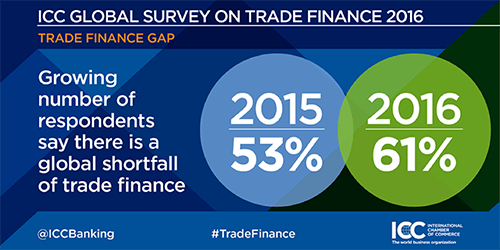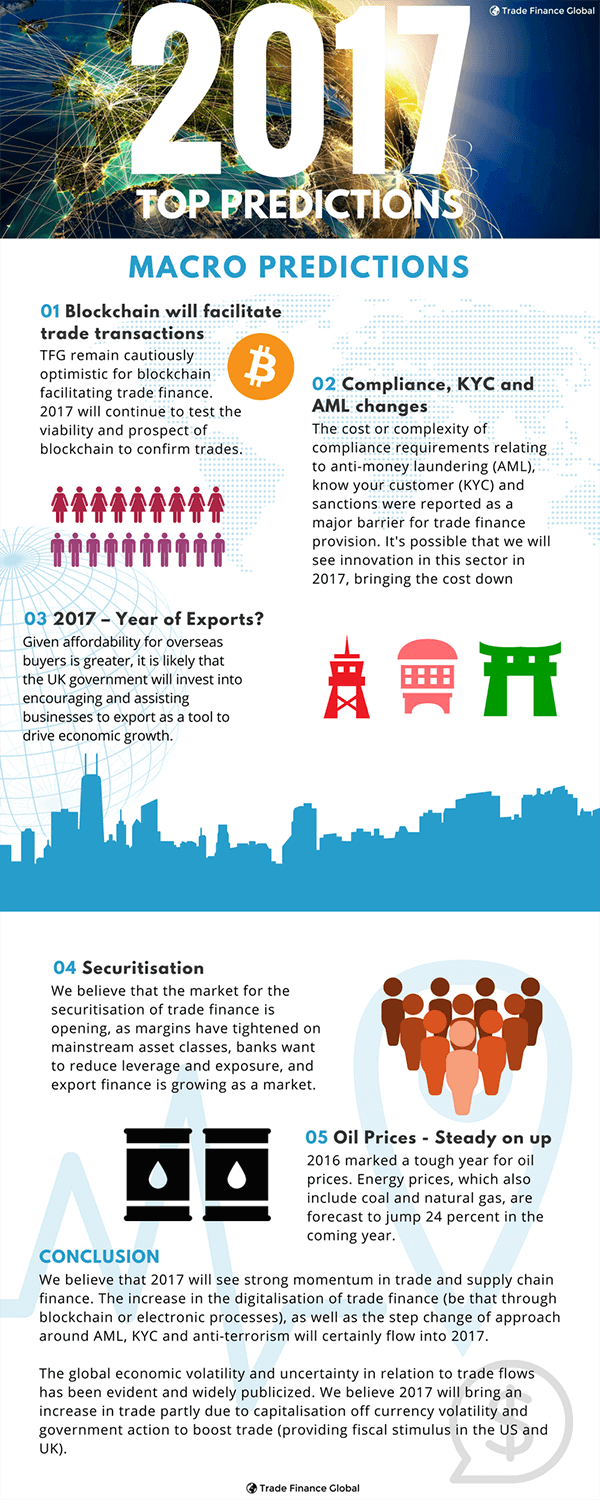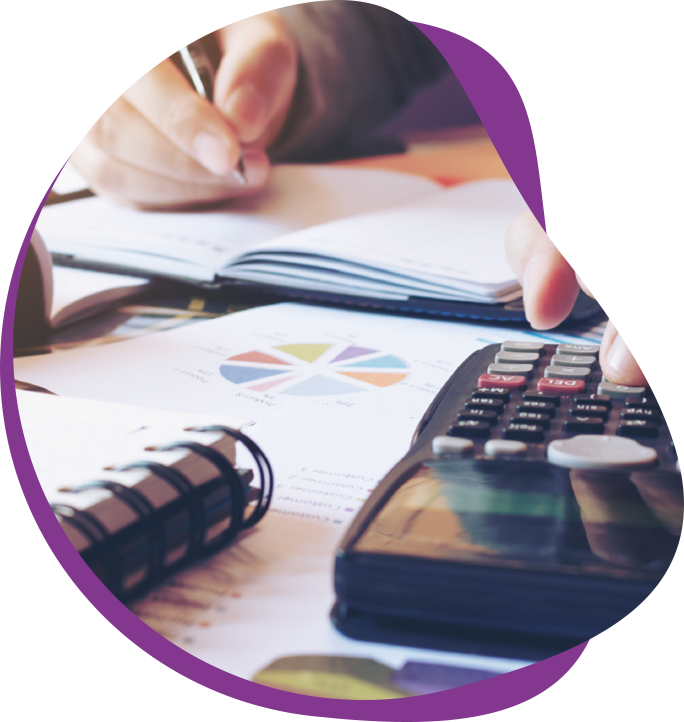
Simply put, trade finance is the umbrella term for the financing of trade (including importing and exporting) of goods and services.
Around $3tn of trade financing is done annually, but the market (and funding landscape) has changed dramatically over the last few years. We spoke to James Sinclair at Trade Finance Global, who provided this for us to share with you.
Why does trade finance exist?
It’s often tricky for buyers and sellers to agree terms when it comes to large domestic or international transactions.
Trade finance exists because of a trust gap.
It’s usually in the seller’s interest to receive payment as early as possible (perhaps to fund the production of goods, or maintain a certain level of cash liquidity in the business so that there is working capital for the day to day running of the business).
On the other hand, and for similar reasons, buyers want to pay as late as possible (in an ideal world, once final payment has been made by end-customers).
According to the International Chamber of Commerce however, SMEs are reporting a worsening global shortage for the provision of trade finance. It seems to be because banks have recently pulled out of complex commercial lending, and there is a widening knowledge gap and understanding of trade finance.

IMAGE: ICC Global Survey on Trade Finance, with a 8 percentage point increase from last year, of access to trade finance. SOURCE: ICC Global Survey 2016
It’s not all doom and gloom. There are many providers of trade and supply chain finance, it’s often just hard to find the right people. We’d suggest using a finance broker or a trade finance expert who understands the market, the complexities of trade finance and the actual funders in various jurisdictions to help structure a trade deal. We’ve put together an extensive trade finance for SMEs guide, here.
At TFG, we’ve put a short explainer video together on trade finance here:
Who funds trade finance?
80% of the world’s trade is done on open account terms; that means, ‘I’ll pay you once I’ve received your goods’.
With large international transactions, contractual, legally binding agreements and finance structures are often needed to guarantee orders. The remainder of this trade financing is done through instruments such as Letters of Credit.
Letters of Credit (also known as LCs), and similar Bank Payment Obligations, essentially act as a supplier undertaking from a bank or financial institution. LCs work by guaranteeing the payment to the seller, through one or more banks, if certain conditions are met. Often sellers will only ship goods to buyers if it’s guaranteed by an LC. Like Bank Accounts of Credit Cards, there are many different types of LC, including usance LCs which can allow for deferred payment, as well as unconfirmed LCs, where the LC is guaranteed only by the issuing bank. Trade Finance Global have put together a more informative Letter of Credit guide here.
Finally, when goods are received and sent out to end customers, Purchase Orders (POs) or invoices might be raised. Often large corporates take a while to pay invoices, some as many as 180 days, which can be a huge working capital strain for smaller businesses. Fortunately, invoice finance facilities are well placed to advance these funds, either through factoring of invoices, or discounting. Simply Factoring Brokers explain invoice finance here.
What can we expect for 2017?
We predict 2017 will be a more prosperous year than 2016, for the following reasons:
- Exporting is bound to rise. Following unprecedented elections in both the US and the UK last year, we believe that governments will encourage exports, thereby promoting the need to finance and support trade finance. The UK government have recently accelerated their exporting is GREAT campaign to promote UK SMEs exporting their goods and services overseas.
- More innovative alternative finance. Alternative financiers and smaller funders are getting faster and more agile at lending to companies. We’ve seen this in most major global markets, and they’re more keen than ever to provide financing options to international businesses, given the opportunities for growth.
- Blockchain and trade finance. Last year it was just an idea, but this year, using blockchain technology to finance trade (replacing a traditional Letter of Credit) has been successfully executed. We expect this to become more commonplace and more established in 2017, but remain cautious around anti-money laundering and ‘Know Your Goods’ (KYG) measures. (If you don’t understand bitcoin, this article on Finextra might be useful)
- Oil prices rebound. Following recent cooperation with OPEC, we believe that a slight rebound in oil prices (seen towards the back end of 2016) will encourage countries to trade and help businesses.
We are optimistic for 2017 topping the charts from a trade finance perspective. As with last year, we could say we’re cautiously optimistic. Here’s an infographic illustrating our macro predictions for the year ahead.
Happy New Year!

IMAGE: Infographic showing the 5 macropredictions for 2017 in terms of trade and supply chain finance trends. SOURCE: Trade Finance Global: https://www.tradefinanceglobal.com/posts/why-2017-will-be-a-great-year-for-trade-finance/.


